Salt Water Pool vs Chlorine
Several years ago we wondered what were the benefits and differences of a salt water pool vs chlorine? We made the switch to salt about 10 years ago and have never looked back.
A salt system uses a salt cell generator and a control box to create chlorine and to sanitize the pool. A couple of benefits that we have noticed are:
Top 10 Benefits to a Salt Water Pool
1. Easier to maintain pool chemical balance with stable chlorine levels, and less fluctuations. Better, consistent control of swimming pool chemical levels.
2. Use less pool chemicals and less trips to the store. I don't have to handle, touch and breathe in chlorine tablets, shock etc.
3. Better for your skin
Our granddaughter who has eczema found she could swim in our salt water pool without irritating her skin. You skin will feel less dry and have no chlorine odor
4. No stinging eyes. Eyes are less irritated and red even when you swim underwater
5. Better for your hair; hair less dry and brittle
6. When in proper balance there is less exposure to harmful chemicals to your pool liner
"Salt water in the swimming pool, maintained at the recommended concentration and PH, does not constitute any potential for either equipment corrosion or liner deterioration."
Less chlorine means less damage to pool liner integrity and and protects the liner from fading.
7. Less expensive using sewing chemicals
8. Swimsuits last longer
9. Don't experience that offensive whiff of chlorine while in or near the pool
10. Less algae problems perhaps due to better control of chlorine levesl
Overall our pool water is crystal clear with less effort. Our pool has never looked this good.
How Does A Salt Water Pool Work?
"The control box sends an electrical charge to the plates which creates chlorine through a process called electrolysis. As pool water passes through the salt cell, the salt in the water is turned into Hypochlorous acid. Hypochlorous acid is the same component that is produced when any chlorine is added to pool water, whether you use sticks, tablets, granular or liquid. As the water returns to the pool, it will introduce the newly produced chlorine."
How Does A Salt Water Pool Work and What are the Pros and Cons?
Add the recommended number of salt bags to your pool.
Turn off the salt chlorine generator using the control panel but keep the pump on to help circulate and dissolve the salt.
Brush the pool bottom with a swimming pool brush to help disperse dissipate the salt.
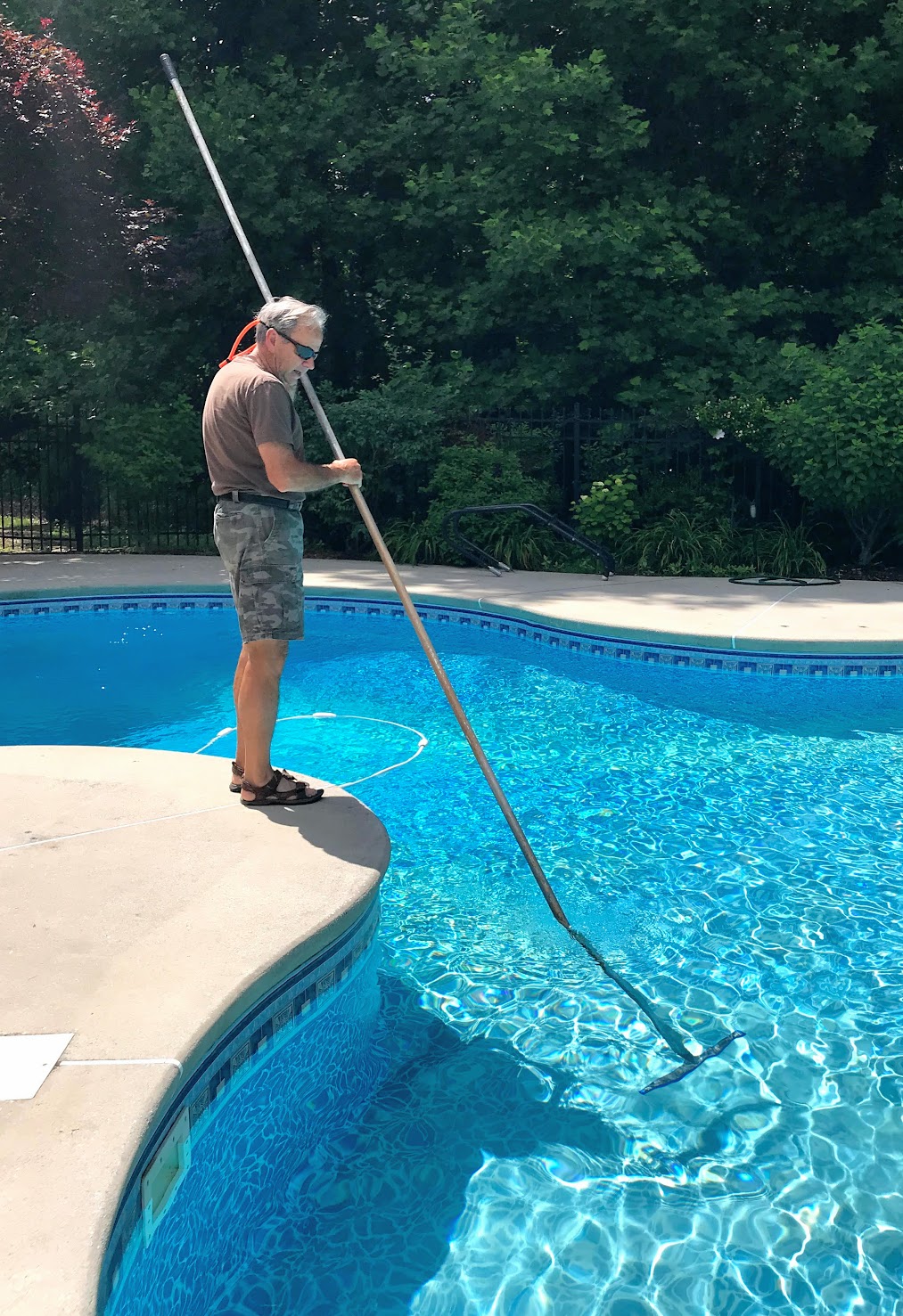
Turn the generator on when the salt is completely dissolved.
Salt Chlorine Generator
We have had the AquaRite Salt Water system for 5 years. It's been easy to read and monitor our chlorine levels. A salt chlorine generator by Hayward comes in 3 sizes:
15,000 gallon pool
25,000 gallon pool
40,000 gallon pool
Some links in the following sections are eBay or Amazon affiliate links, which means that if you purchase a product through them I receive a small commission. There is no extra cost to you. Find more details on this page.
The Hayward AquaRite model # AQR15 includes the control box, T-Cell-15, cell union kit, and flow switch with tee. You will find it cheaper on Amazon than from your local pool store and install yourself or pay your "pool guy" to install.
Salt Water Swimming Pool Maintenance
It was a constant struggle for us to maintain the right chemical balance in our standard chlorine pool, spending lots of money on pool chemicals and yet it often was cloudy or had algae growing. Now we are enjoying a crystal clear pool with less effort and less money.
Maintaining a saltwater pool involves a different set of steps compared to a traditional chlorine pool. Here's a step-by-step guide to help you keep your saltwater pool clean and balanced.
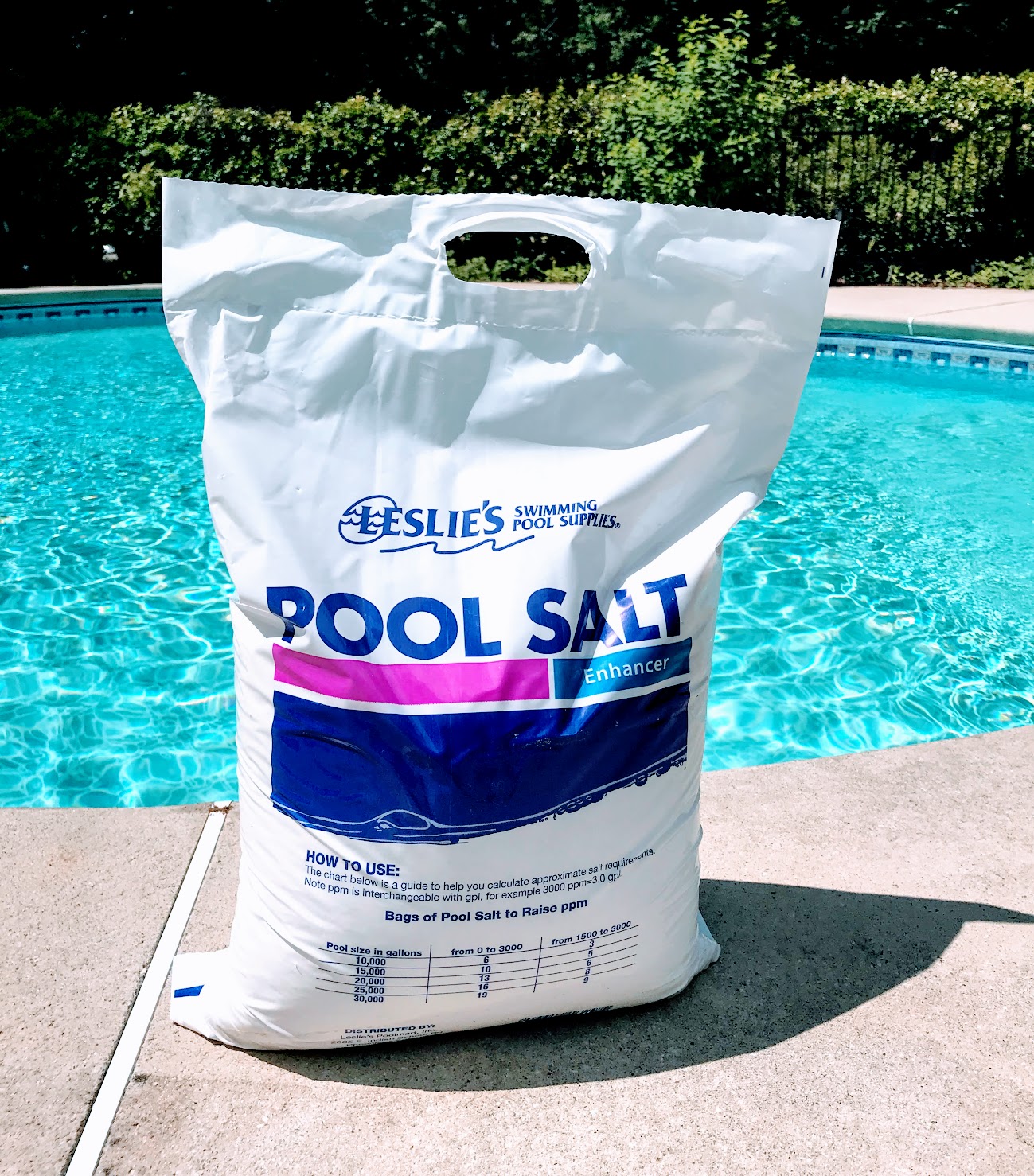
Regularly test your pool water with a saltwater test kit to monitor the levels of salt, pH, alkalinity, calcium hardness and stabilizer (cyanuric acid).
Aim for the following ranges:
Salt: 2700-4500 ppm (parts per million)
pH: 7.2-7.8
Total Alkalinity: 80-120 ppm
Calcium Hardness: 200-400 ppm
Stabilizer (Cyanuric Acid): 70-80 ppm
If the salt level falls below the recommended range, you'll need to add pool-grade salt to bring it back up. Use a salt calculator to determine the amount needed.
Start your spring season adjusting the PH, bring the salt level within target range, and add a stabilizer as needed. The chlorine generator does the rest. Brush and vacuum regularly.
Here are recommended chemical levels for your swimming pool.
Shocking the pool helps to destroy bacteria and algae. Use a non-chlorine shock or a shock specifically designed for salt water pools.
Going with a salt water pool system is well worth the initial investment helping you to minimize pool maintenance with better water clarity and stabilized chemical levels. Your hair, eyes and skin will thank you for it as well.
Return to Swimming Pool Maintenance Guide
Return to Pool Fun for Everyone Home
Looking for ideas to have fun with friends and family out by the pool? Get free tips on:
Pool Party Themes, Invitations, Games and Decorations
Outdoor Patio Umbrellas - Frame, Fabric and the Best Size
Swimming Pool Floats for Infants, Kids and Adults
Pool Party Food from Summer Appetizers to Cold Desserts
Outdoor Party Lights - Patio Umbrella Lights to Solar Torches
Sign up here:
© Copyright 2011 - 2025 www.PoolFunforEveryone.com
All rights reserved. This DMCA site is protected under U.S. and International copyright laws. Do Not Copy any Content or Images. No use is permitted without written permission.
CLICK TO SEE MY COPYRIGHT, PRIVACY AND AFFILIATES POLICIES.
CLICK HERE TO SEE MY POLICY ABOUT EXTERNAL ADS, ARTICLES AND LINKS.
CLICK HERE TO CONTACT ME.

Offset and Cantilever Umbrellas

Umbrella Stand Weightbag
Covered Spring Float Recliner
Solar Floating Pool Lights

Rolling Beverage Cooler
Fabric Pool Floats
Patio Umbrella Bases and Stands
Deck Storage Boxes
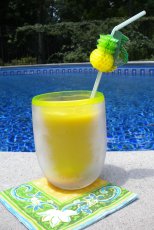
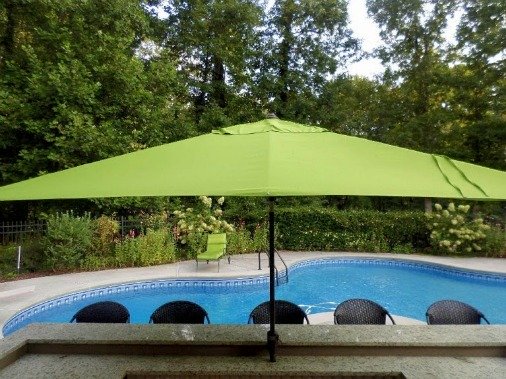
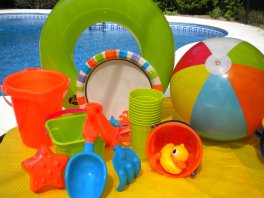
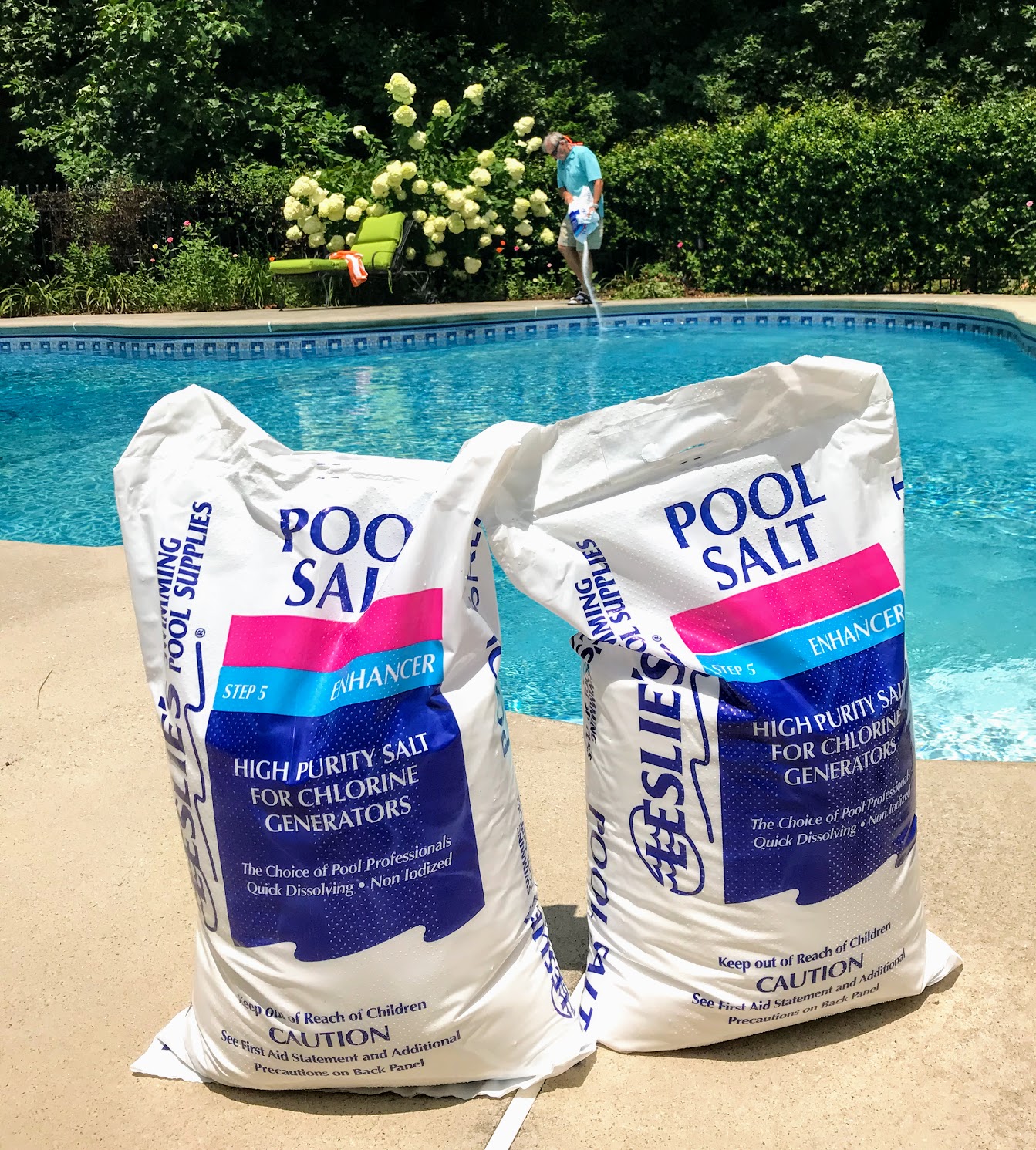
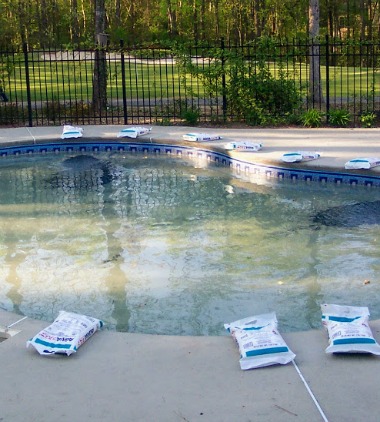
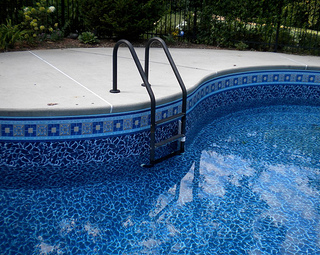
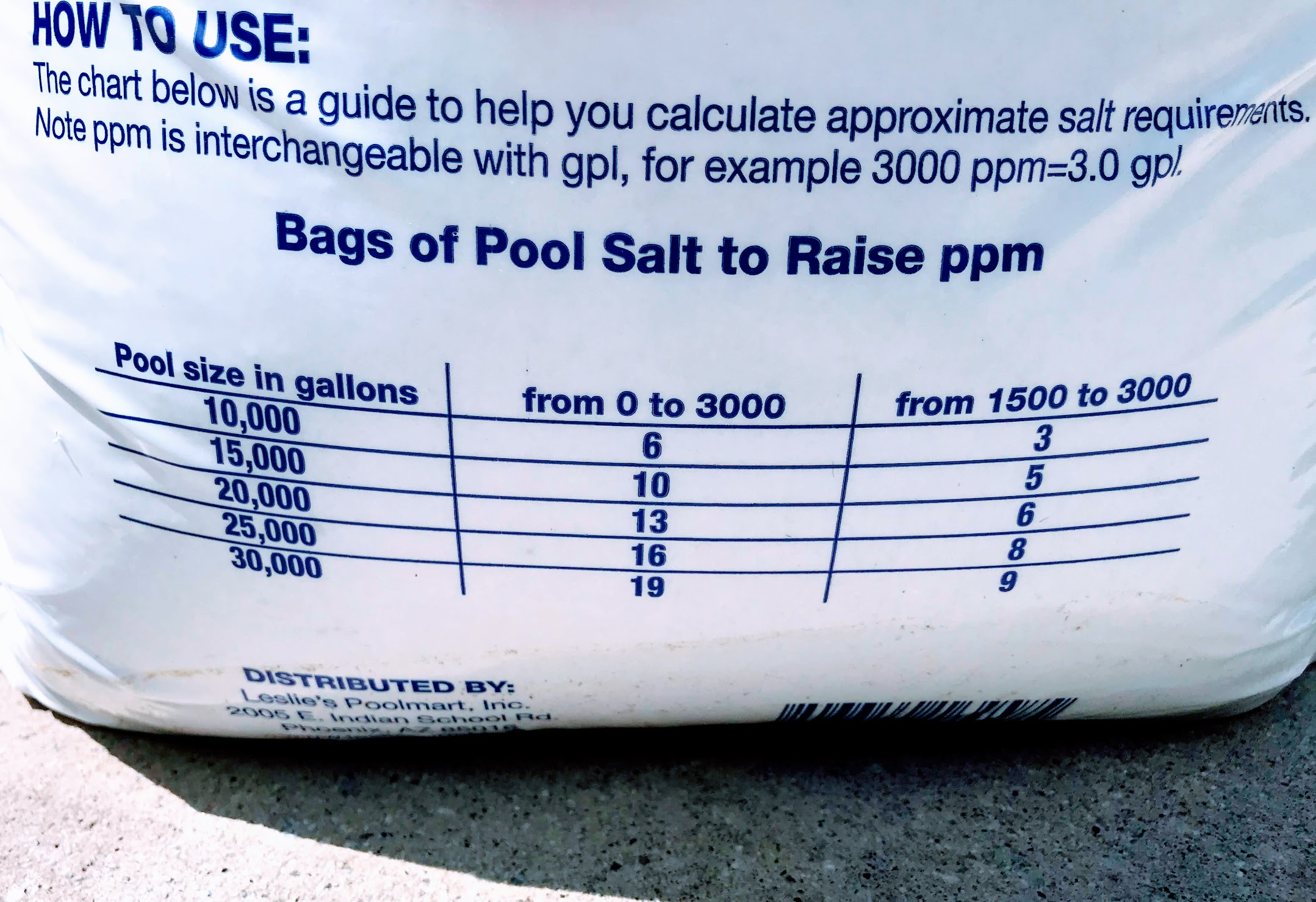
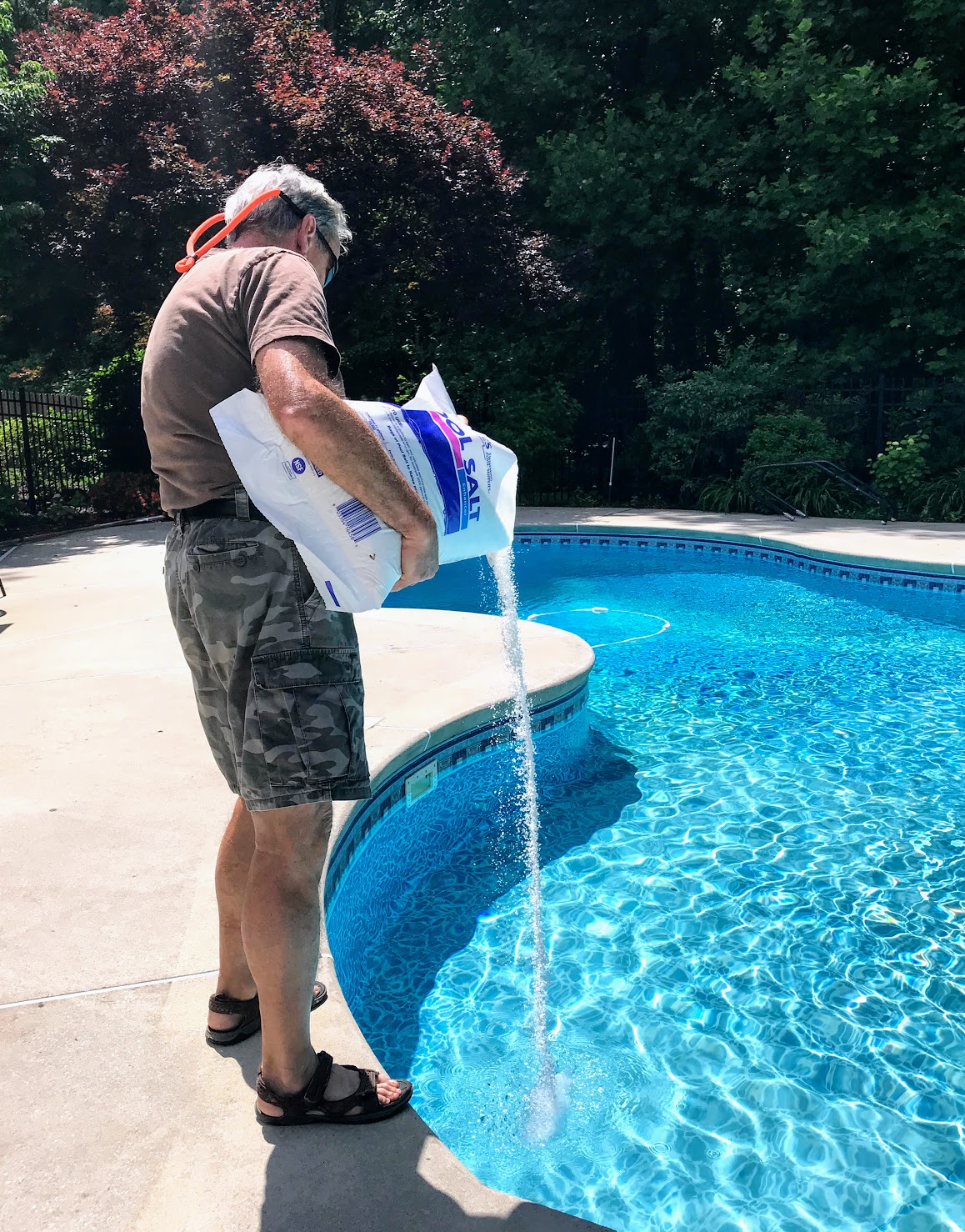
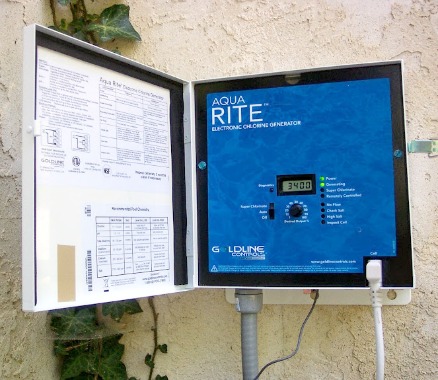
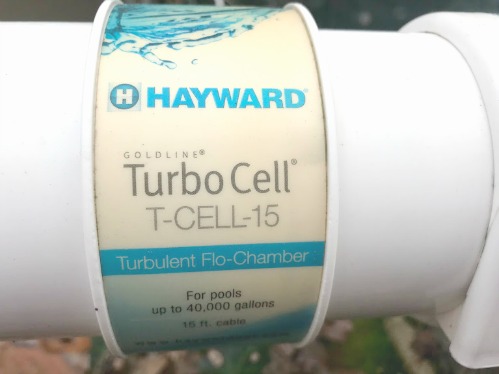
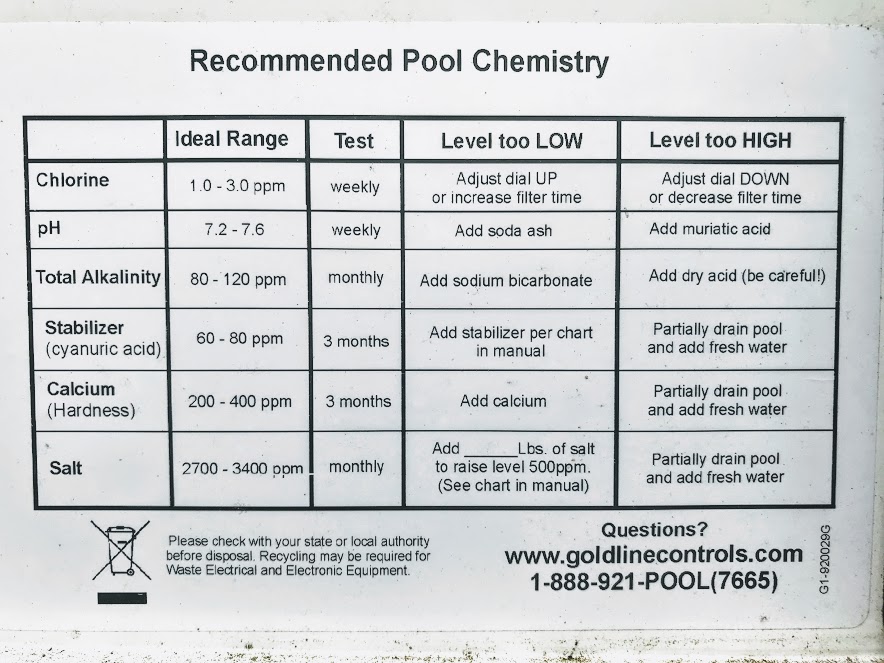
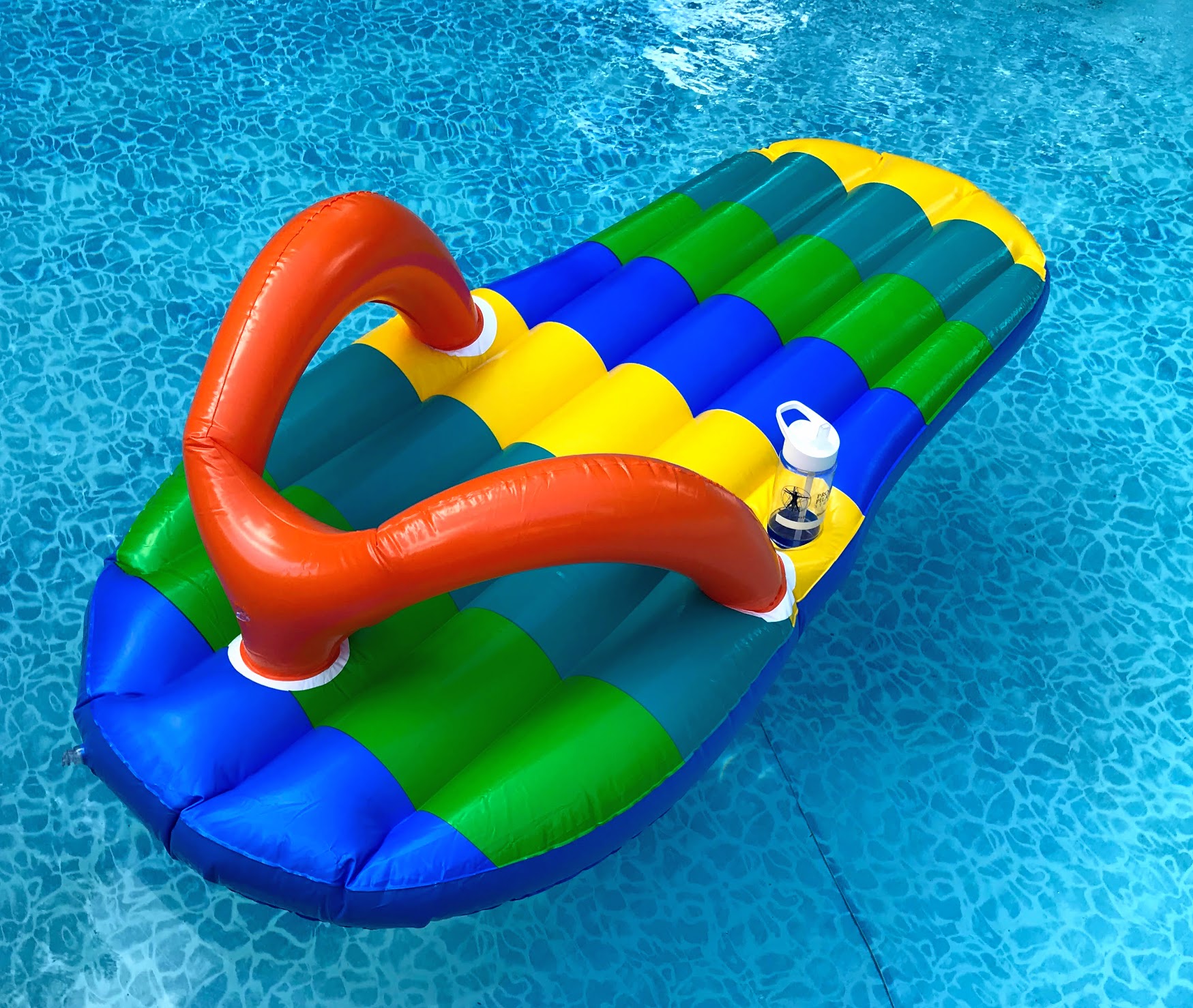
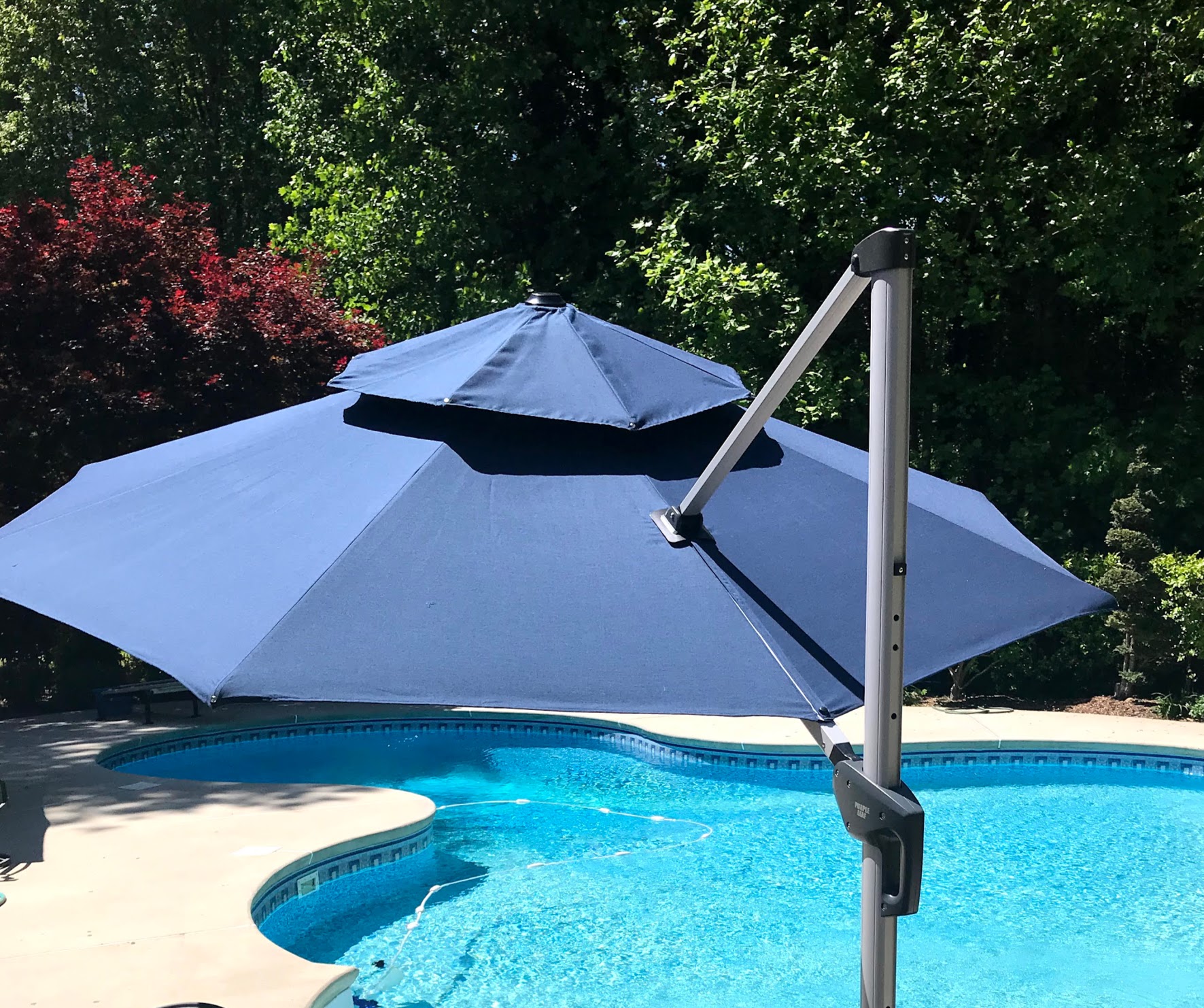
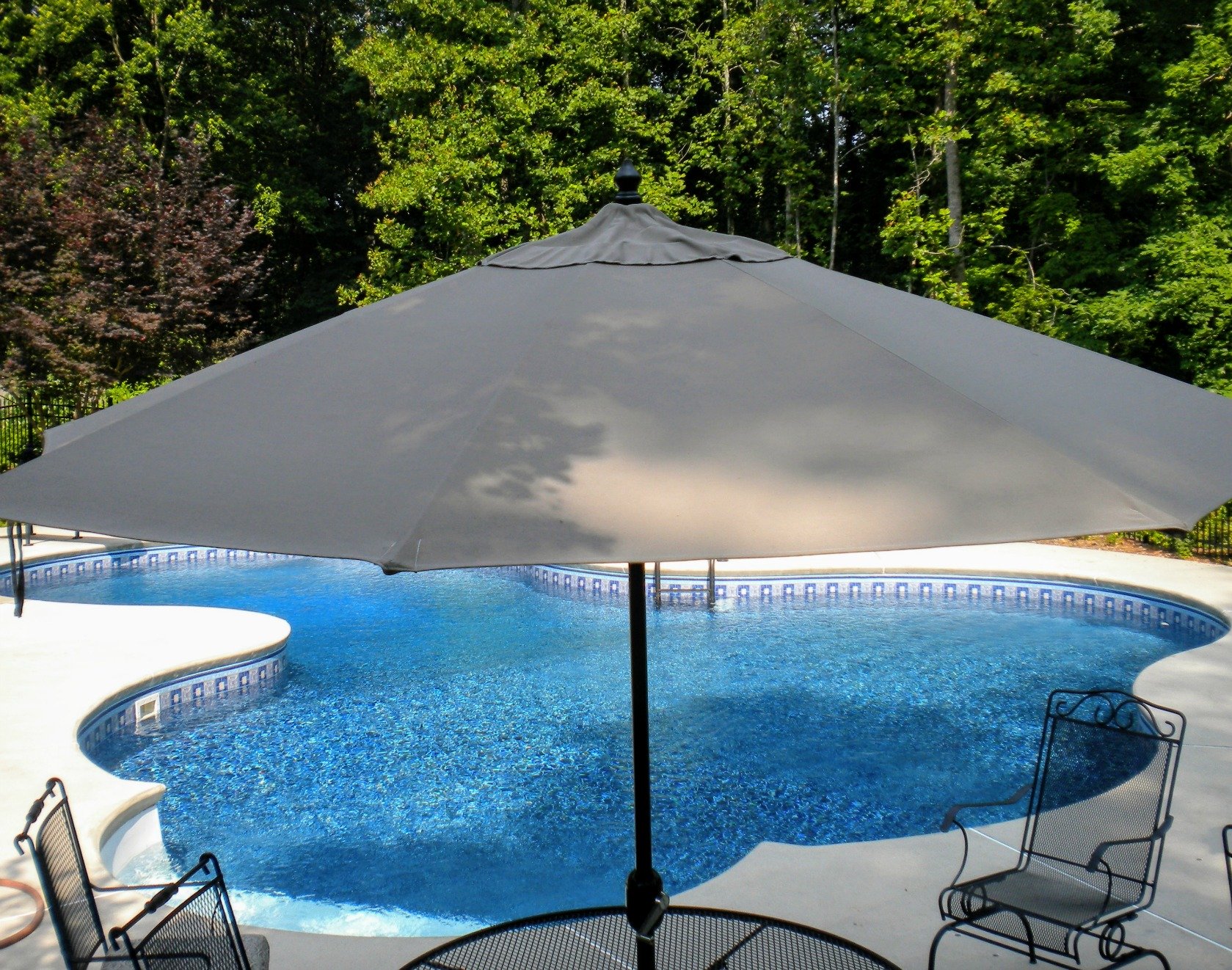
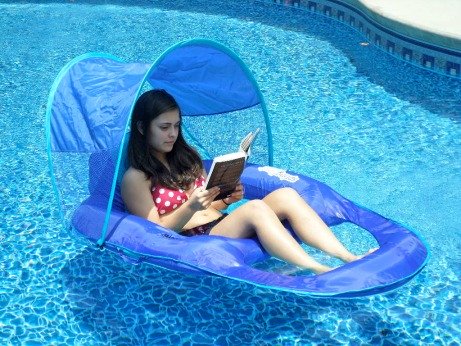
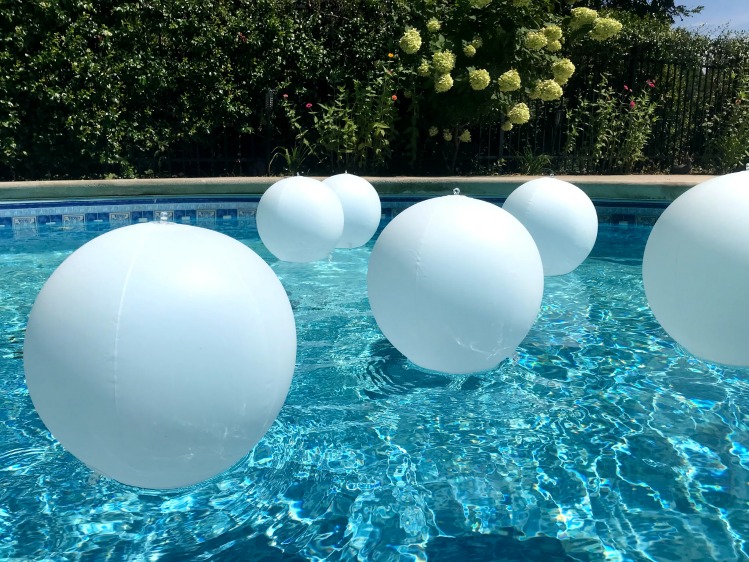
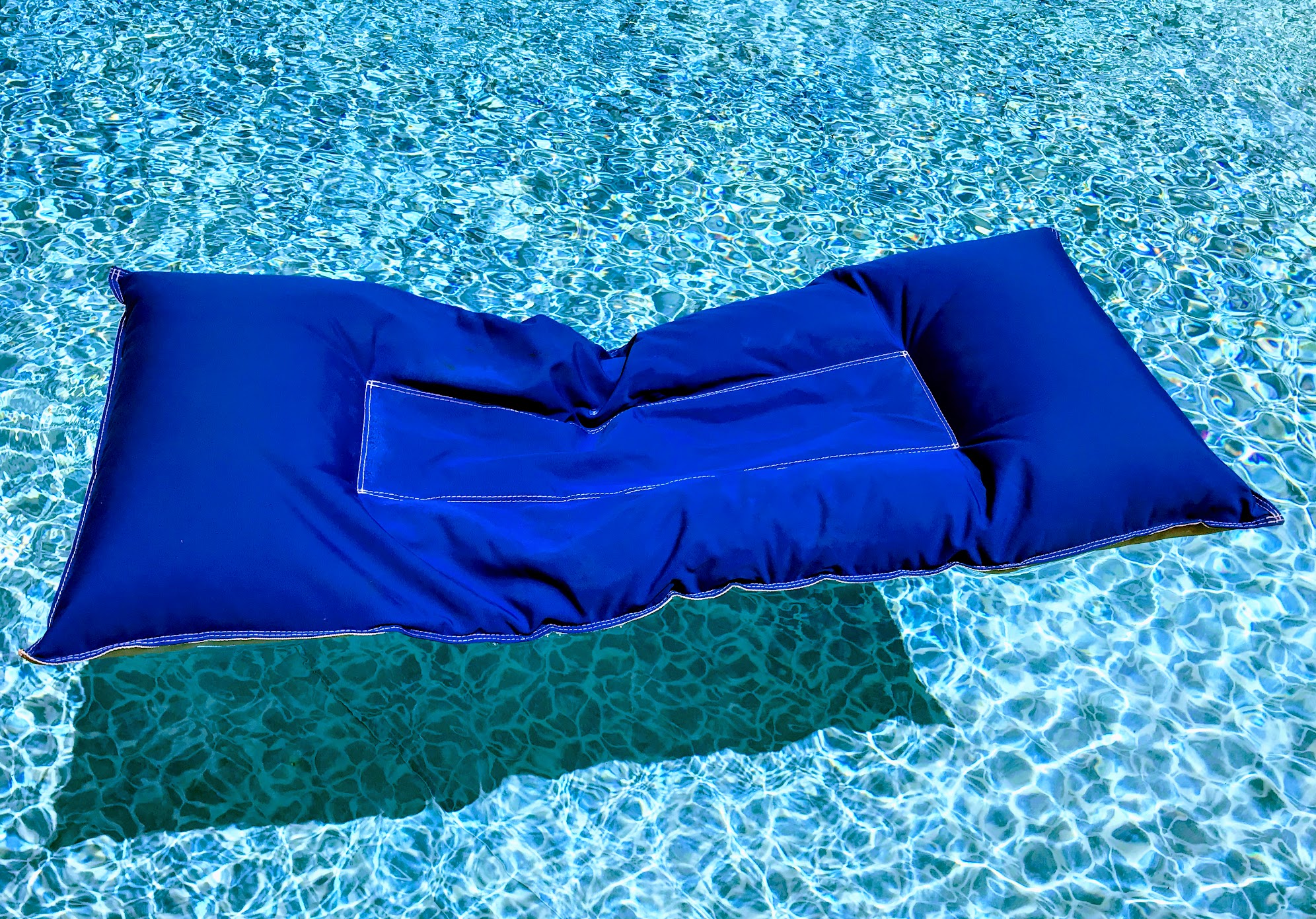
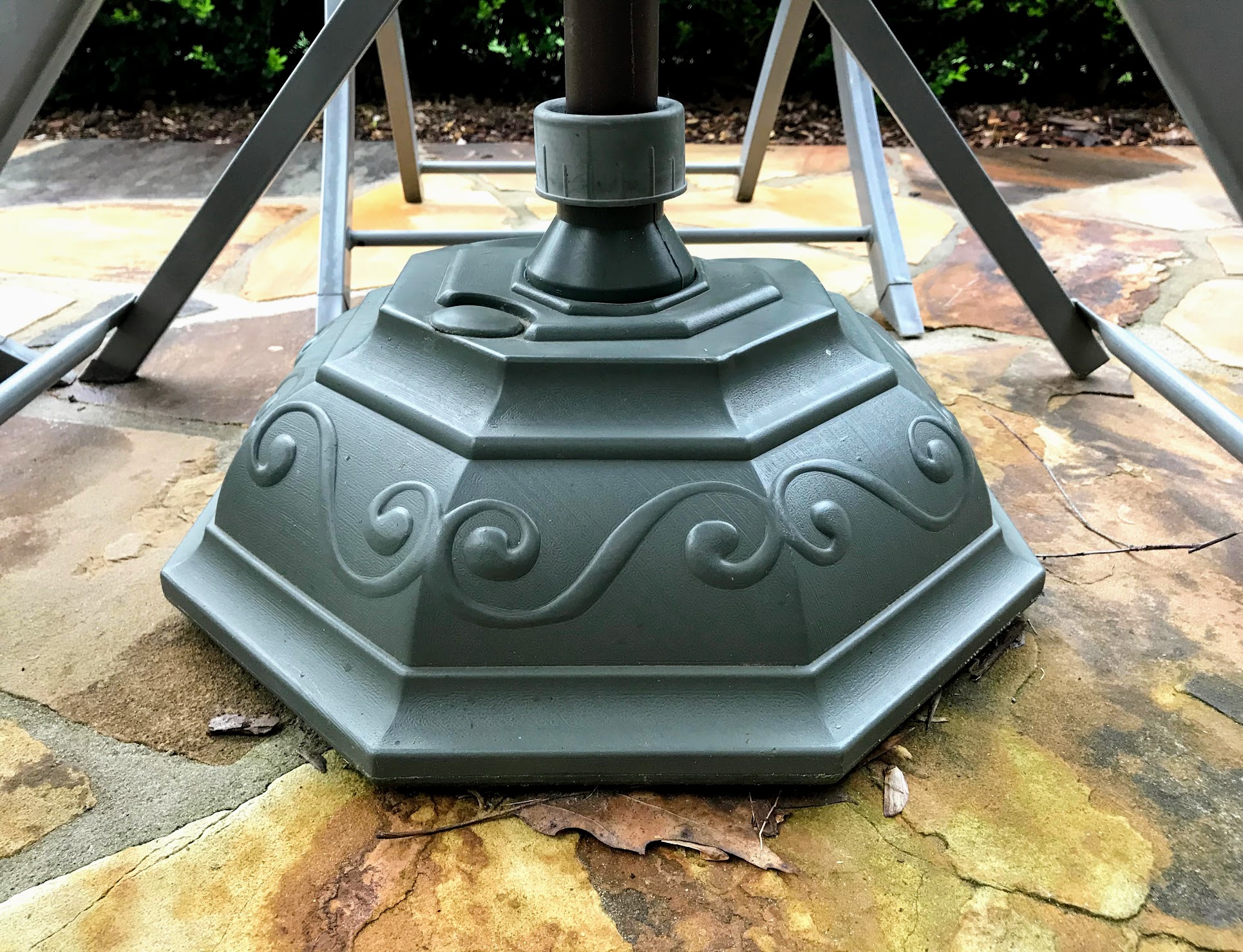
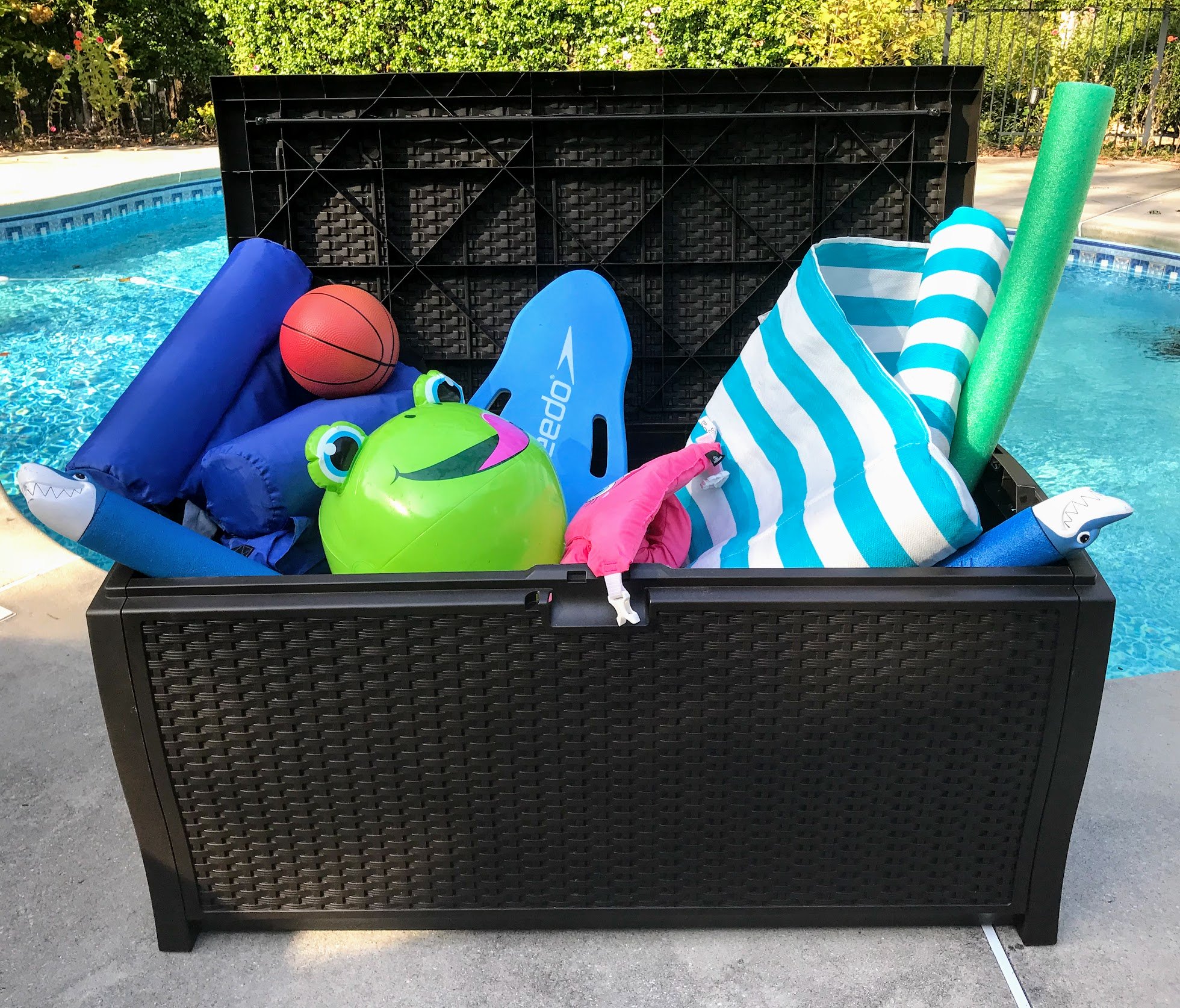
New! Comments
Have your say about what you just read! Leave me a comment in the box below.